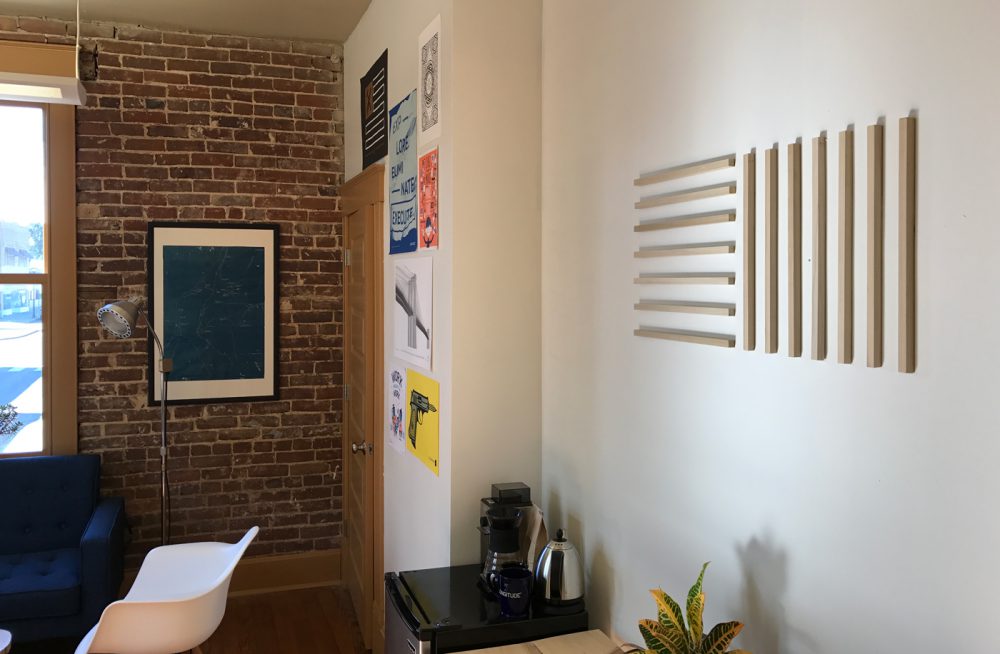Positioning Your Brand: What, Why & How
May 12, 2017
Dustin Myers
Article was originally written for FoodableTV. Read the entire article here.
Most problems can be traced down to a failure to communicate. The right or wrong communication will contribute to how well your brand is perceived. It will also help contribute to the success or failure of your business.
Most small brands use their limited advertising budget to communicate everything they do at once. This approach will only add to the noise, never will it rise above. Honing a simple and effective message takes work, but it’s the key to communicating the right things to the right people at the right time.
What is Positioning?
The concept of “positioning” is finding a place in your customer’s mind that you can own. What is the one thing that makes you totally unique in the eyes of your audience? It’s less about your product and more about how your product is positioned in the mind of your audience. In the crowded marketplace with more options than ever before, positioning will differentiate your brand from the competition.
When developing your brand strategy, the positioning statement will be the key ingredient. This will influence the actions, mindset, design, and focus of your brand. This can only be done through an understanding of your competitive landscape, your unique attributes, and your customer’s perceptions.
Why Position Your Brand?
There are many viable reasons to position your restaurant. By defining the right positioning statement you will be able to accomplish the following:
- Set your brand apart from the competition
- Be memorable
- Provide consistent messaging
- Increase advertising ROI
- Create a framework for making decisions
- Unify the team’s efforts
If you don’t use positioning to get ahead, you competitors will. If you don’t have a well-defined brand strategy, then you will allow your brand to be defined by your competitors.
How to Position Your Brand
1. Get help from others. As with any branding exercise, you can’t do it in a vacuum. You need others to help brainstorm. It’s most helpful to get input from people at different levels throughout the business. Everyone will have different perceptions and all are valid.
Hire a strategist or brand agency to help. A brand strategist won’t have any magic tricks, but what they will have is objectivity. Being on the inside is a great strength, but also a hindrance in defining a positioning statement that resonates with those on the outside.
2. Be ruthlessly selective. There may be 100 things that make your brand great, but you need to narrow it down to the most effective aspect. It’s not about figuring out how to communicate everything you do, but more about understanding what the audience cares about.
What is the unique attribute that differentiates you from others? What is your magic ingredient? What is the one thing that only you provide? What is your specialty that no one else can do? This may cause you to do some soul-searching and cause you to think about changing how you do things. That’s good. This is simple, but not easy.
3. Think about the audience first. The 1981 classic, Positioning by Al Res & Jack Trout, it states: “By turning the process around, by focusing on the prospect rather than the product, you simplify the selection process. You also learn principles and concepts that can greatly increase your communication effectiveness.”
It really doesn’t matter if you think you’re the best, it matters what your audience thinks. If everyone already has a perception of the top steakhouse in town, don’t try to fight against that. Don’t try to take on your competitor’s position. Find a different angle that you can own. You don’t have to be the first person to do something, but you have to be the first person to build that position in the mind of your audience.
Dustin Myers
Partner, Longitude°
Dustin started the company that would become Longitude°. With a deep focus in creating the methodology and processes that would become known as BrandGPS™. He is always striving to find ways to bring value to those around him and passionately focused on helping solve extremely complex brand challenges.





